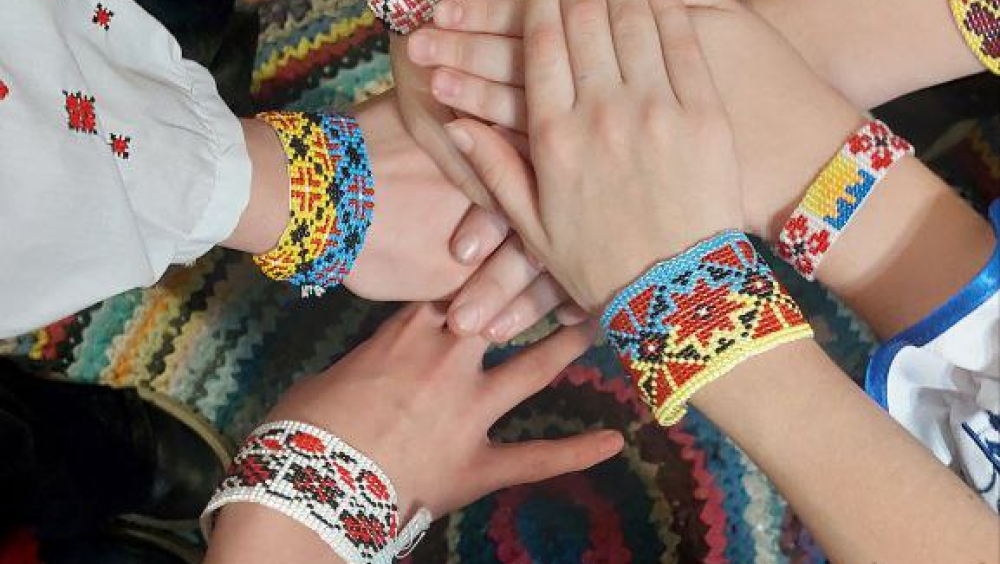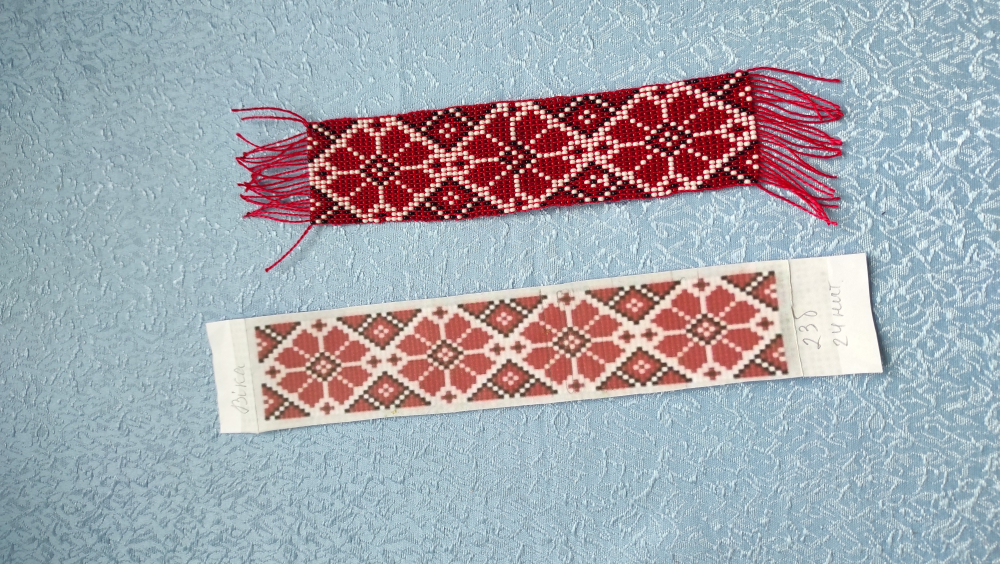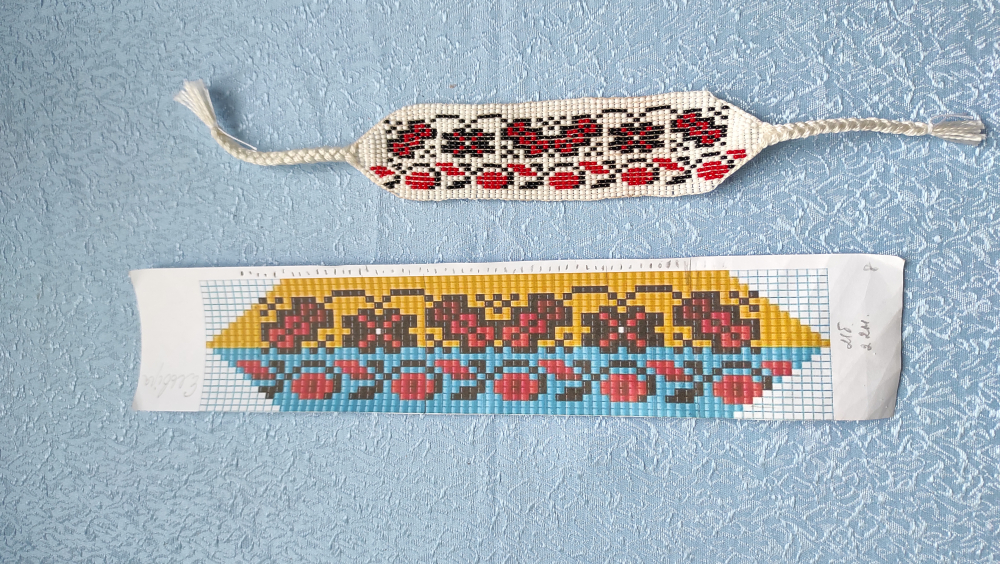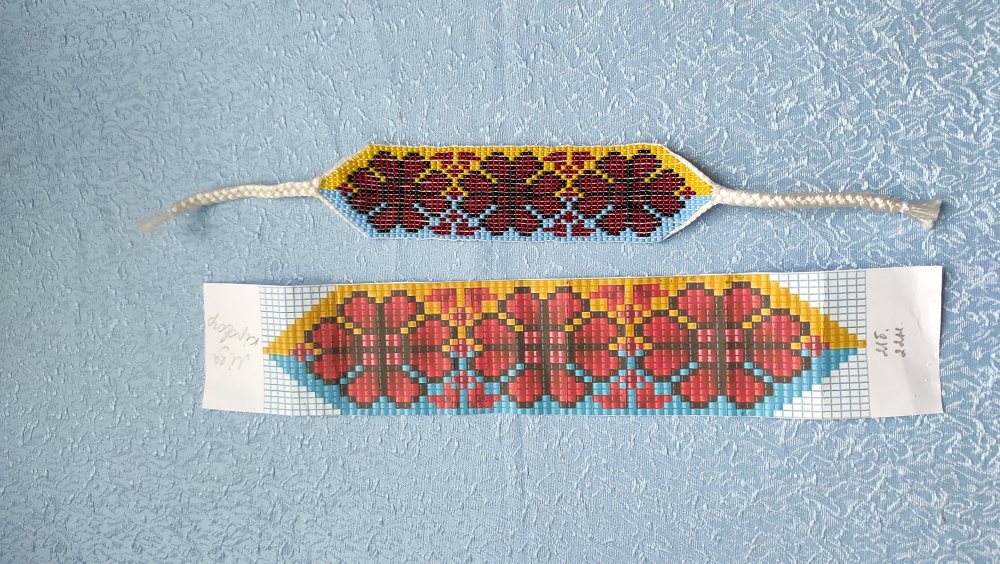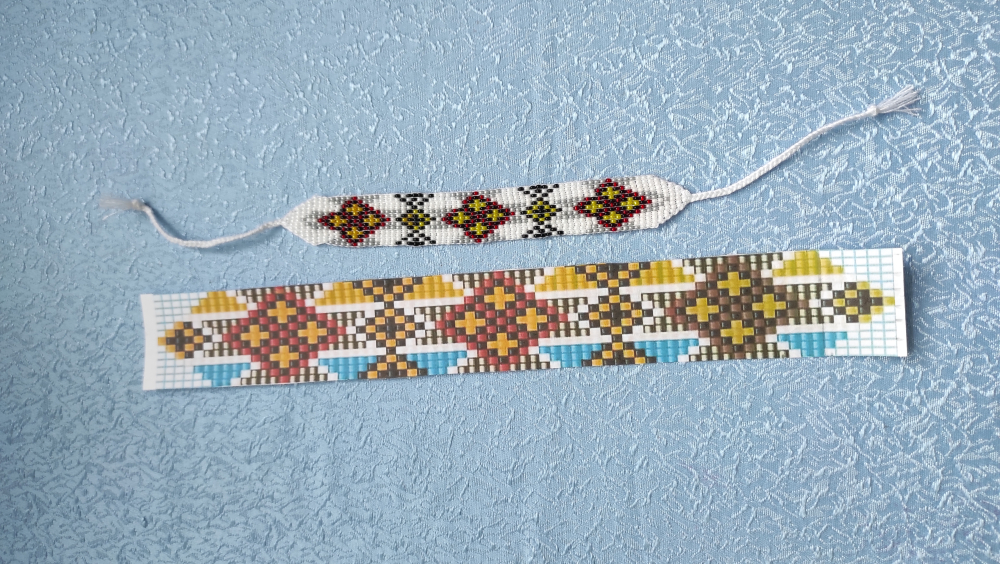Kirovohrad embroidery, Ukraine
Embroidery is the symbol that preserves roots, identity, and self-understanding of our regional culture. Each pattern has its history. It tells about the mythology, religion, ancient art of our ancestors and soul of people living on our lands. Our genetic code is encrypted in the embroidery. In many cultures embroidery is regarded as a medium of expression that unites music, rituals, oral traditions, crafts, and symbolic expressions. Embroidered garments are often worn as an expression of national and local identity and pride. The craft of embroidery and knowledge of its meaning is mostly passed down by women from mothers to daughters and perpetuates a specific tradition.
By analyzing ancient and modern embroidery patterns, one can conditionally create a kind of an Atlas of Ukrainian regions according to their typical patterns, ornaments, symbols, techniques, and colors. The most ancient colors in Ukrainian embroidery are red and white. Red was seen by ancient people as a safeguarding amulet.
Describing the life of the Scythians, ancient tribes that inhabited the steppe zone of modern Ukraine, the Greek historian Herodotus (5th century BC), said that the traditional clothing of these people used embroidery. Archaeological excavations confirm the ancient origin of embroidery. In the Cherkasy region of Ukraine was found an ancient shirt, the origin of which dates back to the 4th century.
Plant patterns are also very ancient – they were borrowed from Byzantium, from Europe where many fabrics were imported. With the development of trade, the technology for creating glass spread to other large empires, for example, to the Roman Empire, where glass beads were invented (beads in the form of elongated hollow tubes). Over time, the glassmaking center was moved to Venice and the Czech Republic, where beads became one of the main goods exported abroad. The pan-European trends that fell on this rural soil have been adapted throughout the years: some things remained unchanged while others went into oblivion. In Ukraine, beaded jewelry was distributed mainly in Western Ukraine, only over time did beading become a popular folk art.
In central Ukraine the popularity of floral embodied garments with dominating red and black colors blossomed at the beginning of the 20th century and was influenced by the French soap producer Brocar. Historians presume that grapes, viburnum and rose ornaments common for Kirovohrad bead weaving were inherited from the Brocar’s soap wrapping designs and therefore adopted the name of “Brokarovskaya” embroidery. Brokarovskaya embroidery is a technique of bead weaving a solid fabric, where beads are placed on top of each other.
Participation in this project encouraged us through a series of activities to introduce children to the past, culture, tradition and heritage of embroidery as well as to the basics of general composition, the peculiarities of the pattern structure, the shapes and colors of figurative motifs in ornaments, the concepts of rhythm and symmetry, and ways to create ornaments.
Our first activity was a masterclass lead by the head of the studio, Gavrilenko Victoria where she demonstrated her work and told the participants about different beading techniques and what products can be decorated with beads. The master class participants got to know that the oldest colors for Kirovohrad embroidery were white and red as red had been seen as a protective amulet.
Our next activity was a series of workshops where participants learned to weave small beads into patterns and produced such decorative pieces as bracelets.
By participating in this project, we hope to introduce our region and its centuries-old cultural traditions to the wider range of European nations and show continuity that bridges many European cultures with Ukraine through traditional craftworks.
Project was supported by Creative Fellowship Foundation – voluntarily community of art professionals and educators
